Ancient Carved Ambers in the J. Paul Getty Museum
Ancient Carved Ambers in the J. Paul Getty Museum
Faya Causey
The J. Paul Getty Museum, Los Angeles
Copyright
This catalogue was first published in 2012 at http: //museumcatalogues.getty.edu/amber. The present online version was migrated in 2019 to https://www.getty.edu/publications/ambers; it features zoomable high-resolution photography; free PDF, EPUB, and MOBI downloads; and JPG downloads of the catalogue images.
2012, 2019 J. Paul Getty Trust

Except where otherwise noted, this work is licensed under a Creative Commons Attribution 4.0 International License. To view a copy of this license, visit http://creativecommons.org/licenses/by/4.0/. Figures 3, 917, 2224, 28, 32, 33, 36, 38, 40, 51, and 54 are reproduced with the permission of the rights holders acknowledged in captions and are expressly excluded from the CC BY license covering the rest of this publication. These images may not be reproduced, copied, transmitted, or manipulated without consent from the owners, who reserve all rights.
First edition 2012
Paperback and ebook editions 2019
https://www.github.com/gettypubs/ambers
Published by the J. Paul Getty Museum, Los Angeles
Getty Publications
1200 Getty Center Drive, Suite 500
Los Angeles, California 90040-1682
www.getty.edu/publications
First edition:
Marina Belozerskaya and Ruth Evans Lane, Project Editors
Brenda Podemski and Roger Howard, Software Architects
Elizabeth Zozom and Elizabeth Kahn, Production
Kurt Hauser, Cover Design
2019 editions:
Zoe Goldman, Project Editor
Greg Albers, Digital Manager
Maribel Hidalgo Urbaneja, Digital Assistant
Suzanne Watson, Production
Distributed in the United States and Canada by the University of Chicago Press
Distributed outside the United States and Canada by Yale University Press, London
Library of Congress Cataloging-in-Publication Data
- Names: Causey, Faya, author. | Maish, Jeffrey, contributor. | Khanjian, Herant, contributor. | Schilling, Michael (Michael Roy), contributor. | J. Paul Getty Museum, issuing body.
- Title: Ancient carved ambers in the J. Paul Getty Museum / Faya Causey ; with technical analysis by Jeff Maish, Herant Khanjian, and Michael Schilling.
- Description: Los Angeles : The J. Paul Getty Museum, [2019] | Includes bibliographical references. | Summary: This catalogue provides a general introduction to amber in the ancient world followed by detailed catalogue entries for fifty-six Etruscan, Greek, and Italic carved ambers from the J. Paul Getty Museum. The volume concludes with technical notes about scientific investigations of these objects and Baltic amberProvided by publisher.
- Identifiers: LCCN 2019016671 (print) | LCCN 2019981057 (ebook) | ISBN 9781606066348 (paperback) | ISBN 9781606066355 (epub) | ISBN 9781606060513 (ebook other)
- Subjects: LCSH: J. Paul Getty MuseumCatalogs. | Amber art objectsCatalogs. | Art objects, AncientCatalogs. | Art objects, EtruscanCatalogs. | Art objectsCaliforniaLos AngelesCatalogs. | LCGFT: Collection catalogs.
- Classification: LCC NK6000 .J3 2019 (print) | LCC NK6000 (ebook) | DDC 709.0109794/94dc23
- LC record available at https://lccn.loc.gov/2019016671
- LC ebook record available at https://lccn.loc.gov/2019981057
Front cover: Pendant: Divinity Holding Hares (detail, 77.AO.82 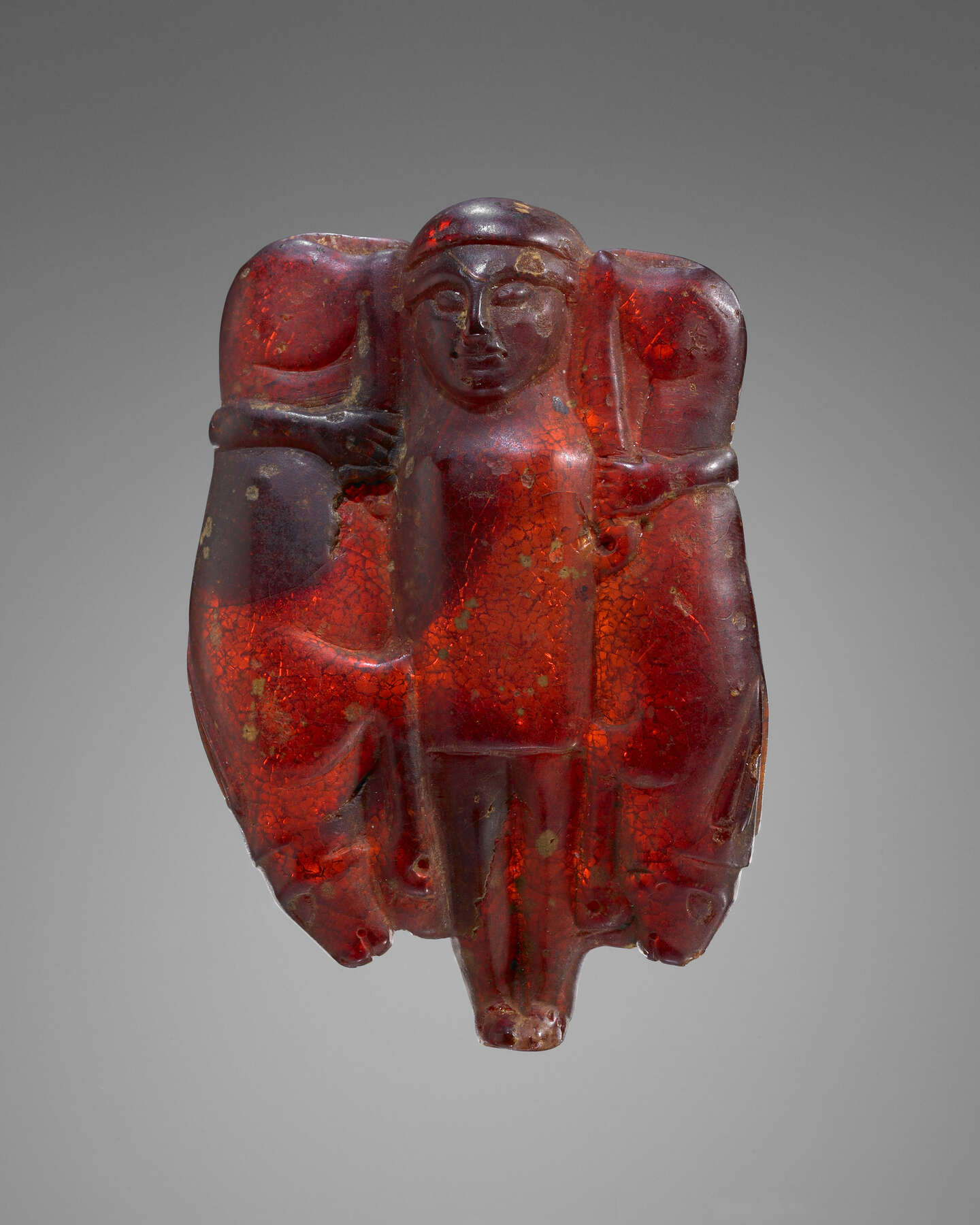
, cat. no. 4 ).
Every effort has been made to contact the owners and photographers of objects reproduced here whose names do not appear in the captions. Anyone having further information concerning copyright holders is asked to contact Getty Publications so this information can be included in future printings.
URLs cited throughout this catalogue were accessed prior to first publication in 2012; during preparation of the present editions in 2019, some electronic content was found to be no longer available. Where URLs are no longer valid, the authors original citations have been retained, but hyperlinks have been disabled in the online and ebook editions.
Contents
Introduction
Amber and the Ancient World
The J. Paul Getty Museum collection of amber antiquities was formed between 1971 and 1984. Apart from the Roman Head of Medusa (), which Mr. Getty acquired as part of a larger purchase of antiquities in 1971, all the other ancient amber objects were acquired as gifts. The collection is made up primarily of pre-Roman material, but also includes a small number of Roman-period carvings, of which the Head of Medusa is the most important. The pre-Roman material includes a variety of jewelry elements that date from the seventh to the fourth centuries B.C.: fifty-six figured works and approximately twelve hundred nonfigured beads, fibulae, and pendants. This volume examines the fifty-six objects of pre-Roman date representing humans, animals, and fantastic creatures, plus a modern imitation. The Gettys nonfigured pre-Roman objects and the Roman works are not included in this catalogue.
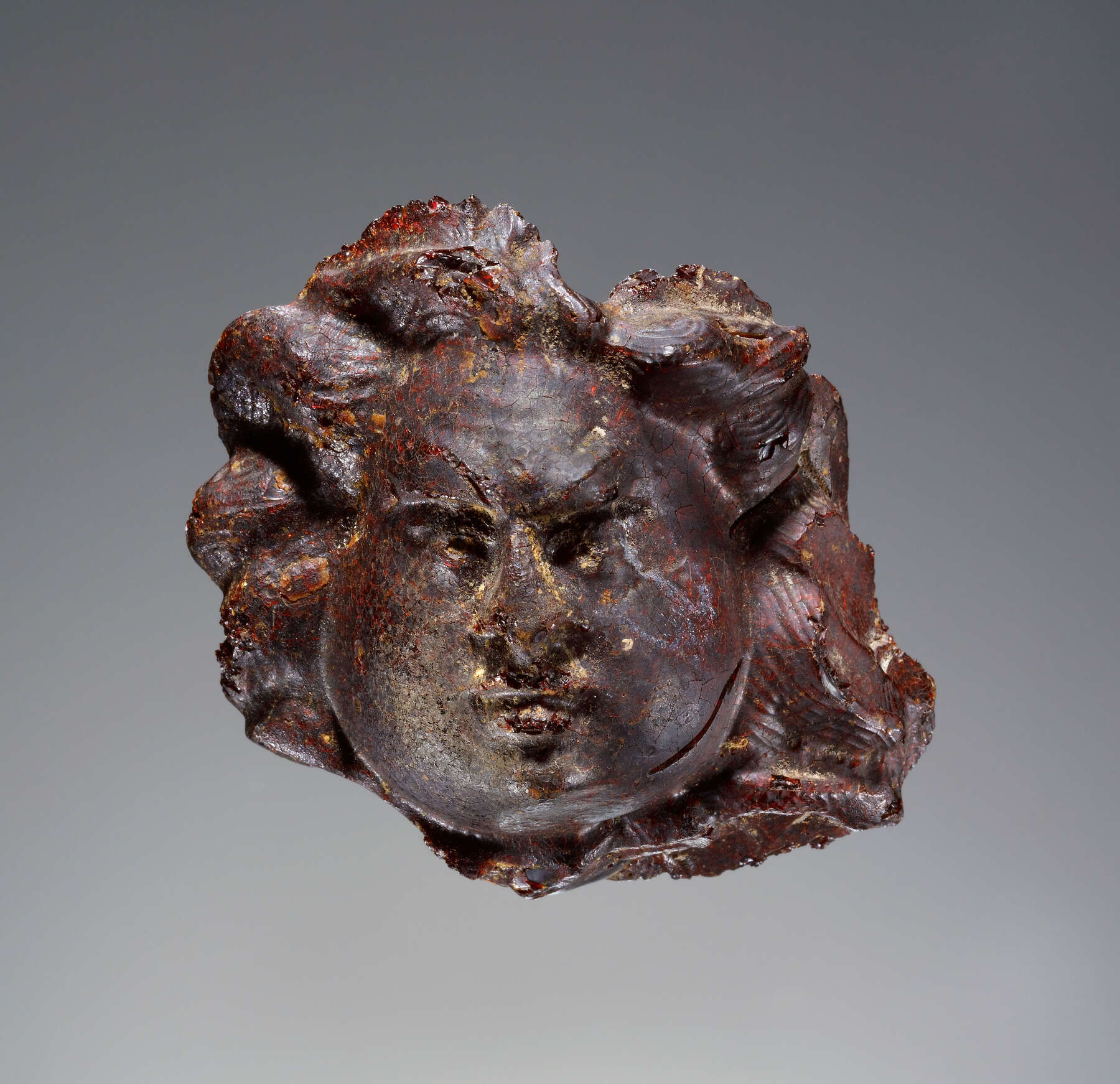 Head of Medusa
Head of Medusa, Roman, 1st2nd century A.D. Amber, H: 5.8 cm (210 in.), W: 5.8 cm (210 in.). Los Angeles, J. Paul Getty Museum, 71.AO.355.
The ambers were acquired by their donors on the international art market. The loss of any artifacts context is immeasurable, and any attempt to discuss ambers without their original context is, to borrow an analogy from Thorkild Jacobsen, not unlike entering the world of poetry. Poetry plays a part in locating the cultural ambients in which the ambers of this catalogue once performed. In addition to ancient literary sources, the work here is examined via a large interdisciplinary toolkit, including art history, archaeology, philology, pharmacology, anthropology, ethnology, and the history of medicine, religion, and magic.
At a critical moment in writing this introduction, I read two of Roger Mooreys final contributions, his 2001 Schweich Lectures, published as Idols of the People: Miniature Images of Clay in the Ancient Near East (2003), and his Catalogue of the Ancient Near Eastern Terracottas in the Ashmolean (2004). Both were important to the final shaping of my text. (It is from the latter publication that I borrowed Jacobsens quotation.) Certain of Mooreys observations played critical roles; among them is his cautionary note in the Catalogue: Even if it may be possible to identify who or what is represented, whether it be natural or supernatural, that does not in itself resolve the question of what activity the terracotta was involved in.
Indeed, in what activity were these carved ambers involved? This catalogue attempts to address this question. Keeping in mind the challenges presented when working with decontextualized artifacts, I make comparisons to scientifically excavated parallels, to documented works in museums, and, with extra care, to unprovenanced material in other collections, public and private. The evidence suggests that amber was dedicated primarily to female divinities, and that most pre-Roman amber objects were buried with women and children. Individually and as a whole, the Getty Museums amber objects are important witnesses to the larger social picture of the people who valued the material.

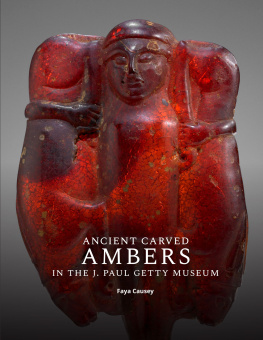

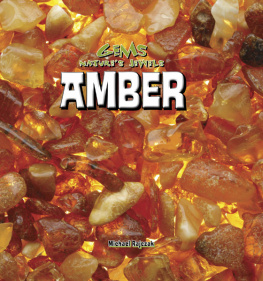

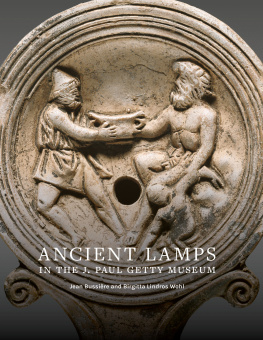

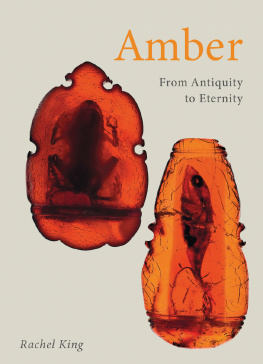

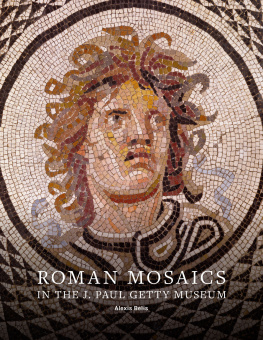





 Head of Medusa, Roman, 1st2nd century A.D. Amber, H: 5.8 cm (210 in.), W: 5.8 cm (210 in.). Los Angeles, J. Paul Getty Museum, 71.AO.355.
Head of Medusa, Roman, 1st2nd century A.D. Amber, H: 5.8 cm (210 in.), W: 5.8 cm (210 in.). Los Angeles, J. Paul Getty Museum, 71.AO.355.